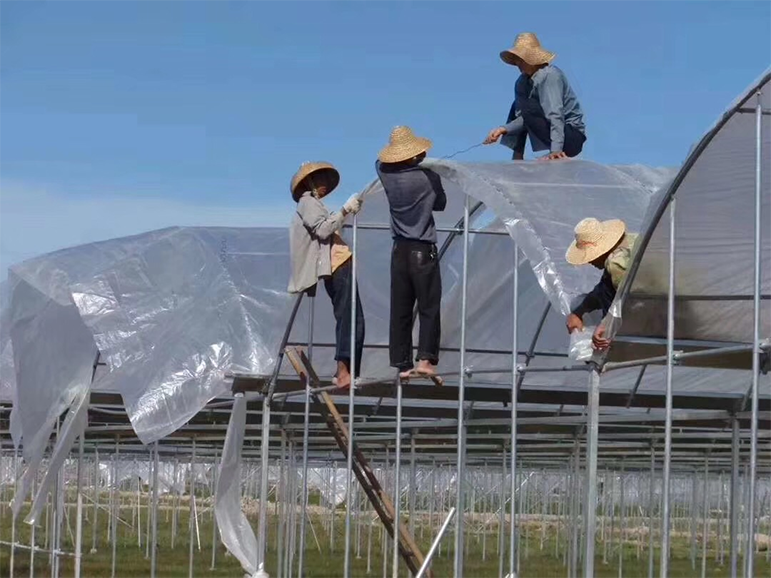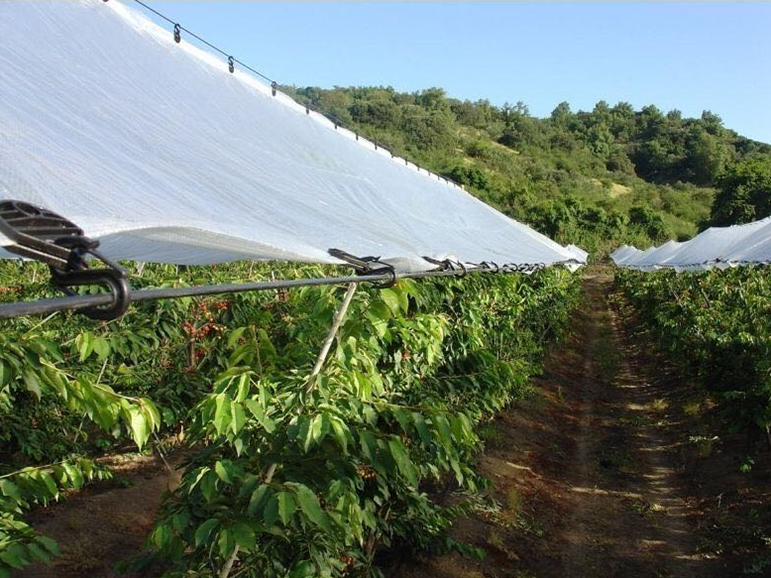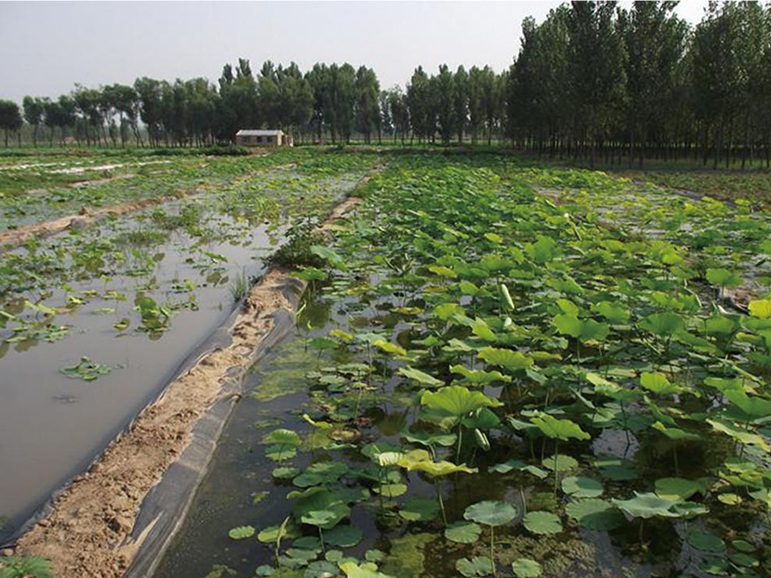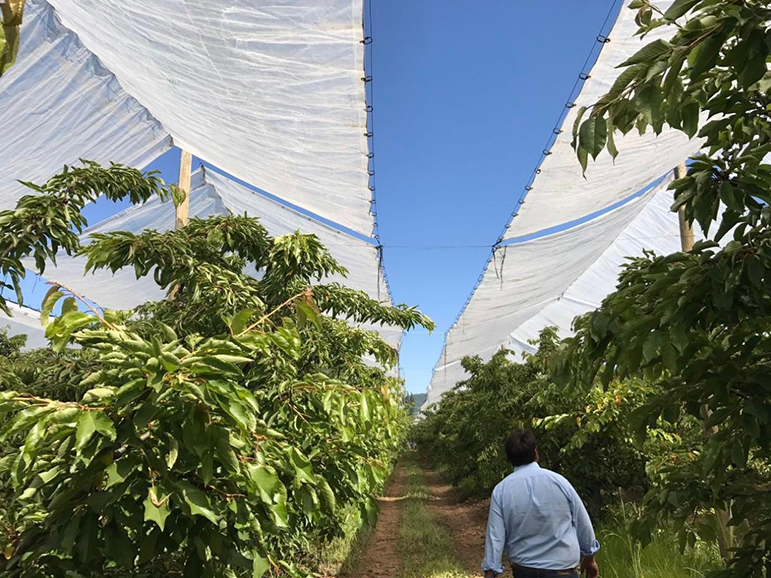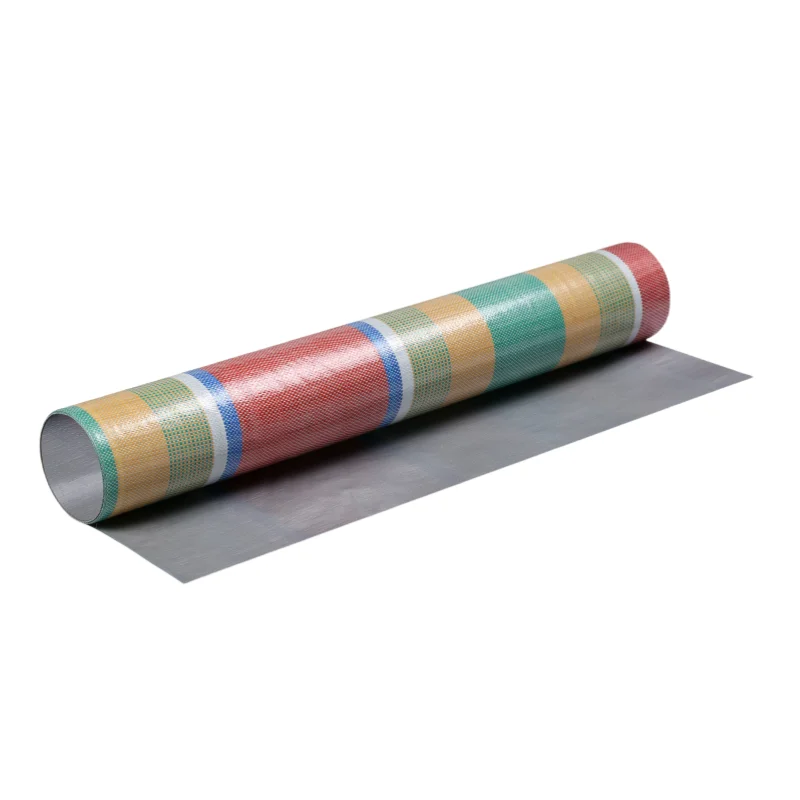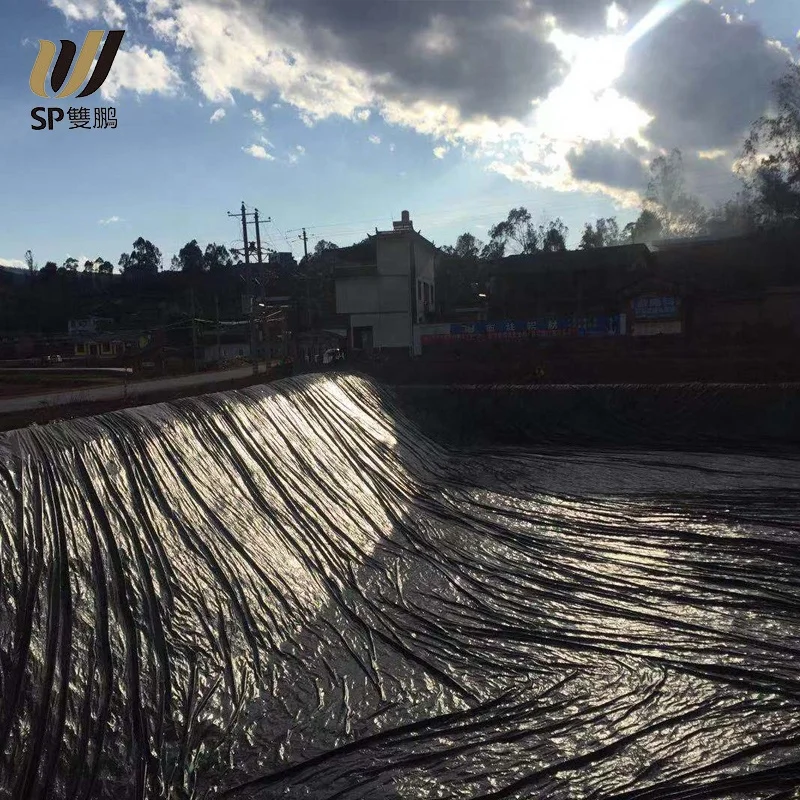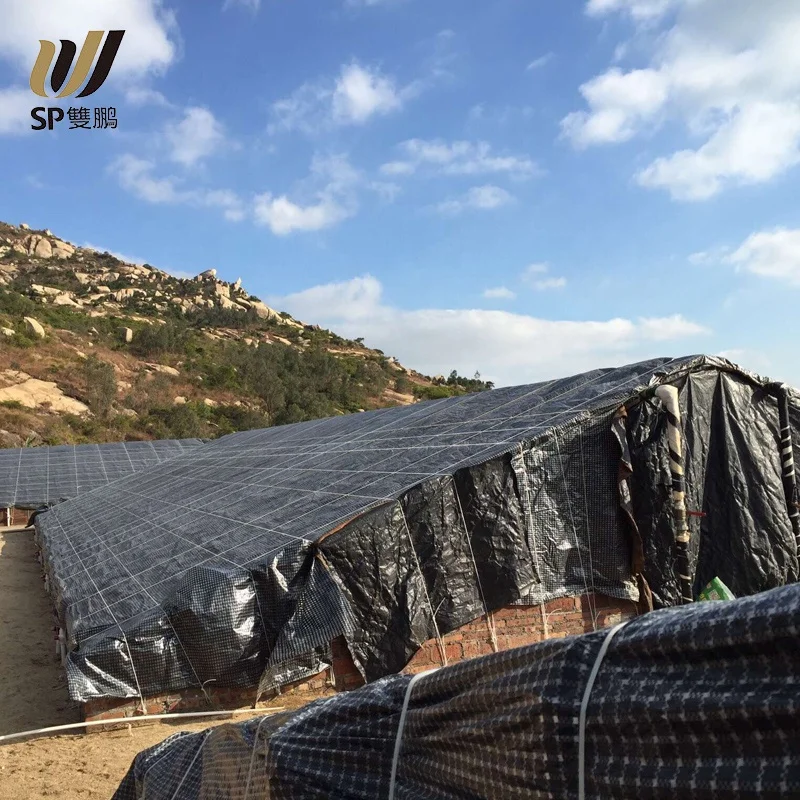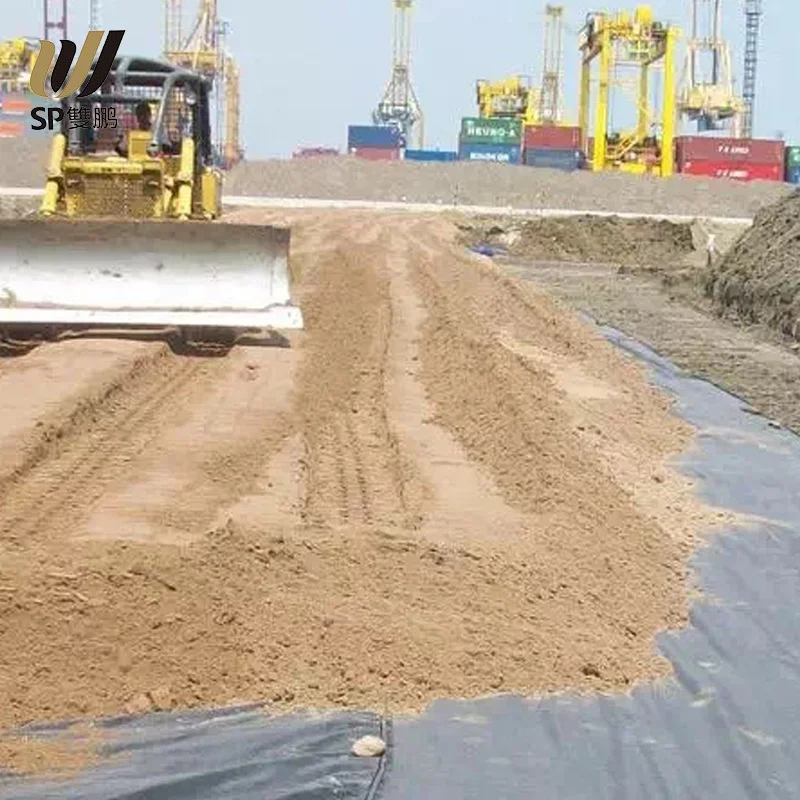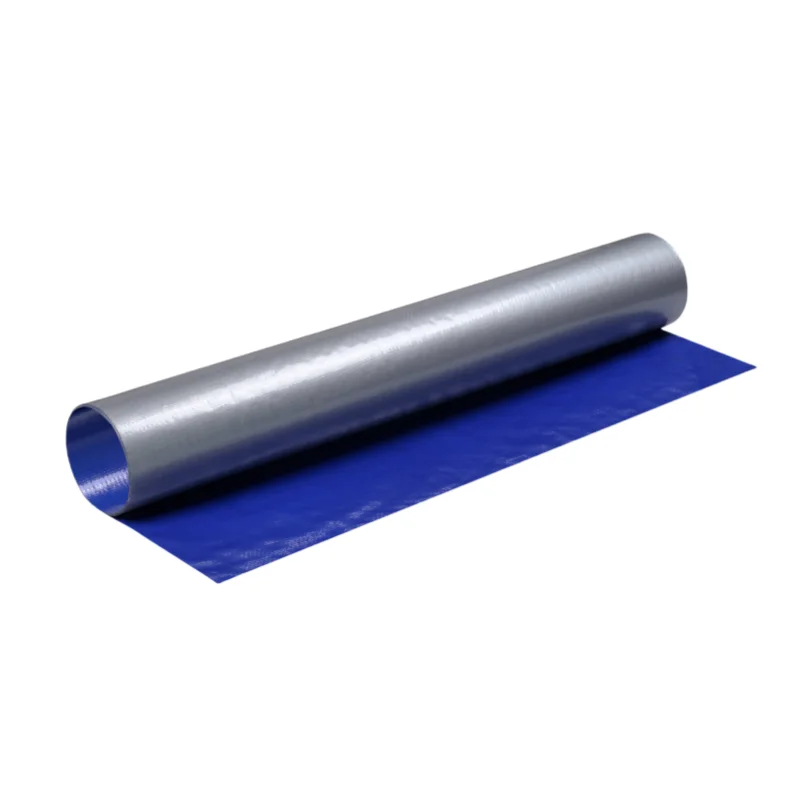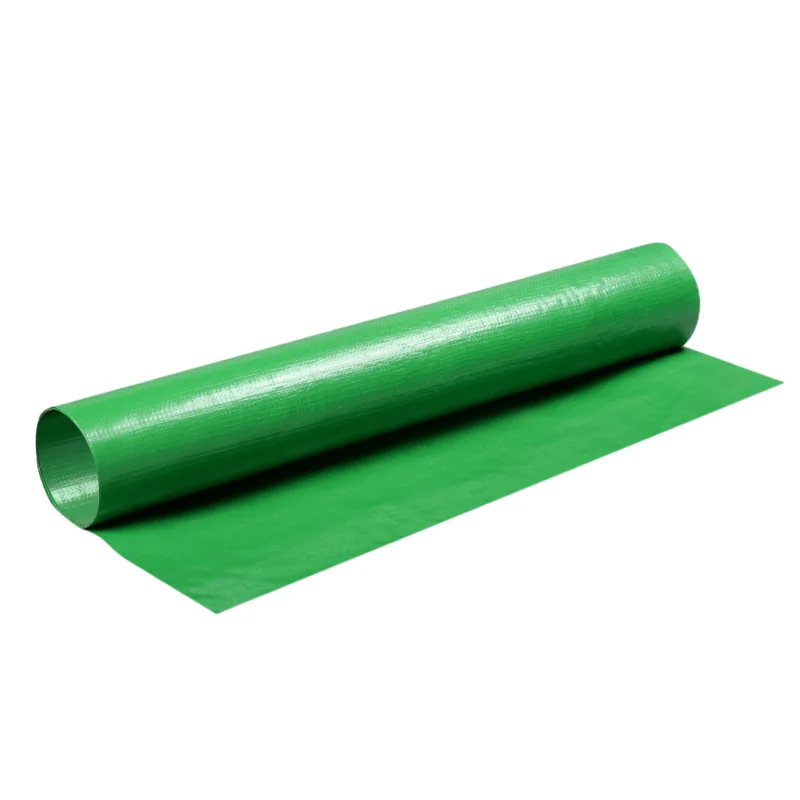Agriculture Polyethylene Tarpaulin
Polyethylene (PE) tarpaulins have a wide range of applications in agriculture, where they are a convenient tool for protecting crops, equipment and infrastructure. PE tarpaulins have many use cases in agriculture:
Crop protection: Farmers use PE tarpaulins to protect crops from bad weather. PE tarpaulin can be covered over plants or crops to protect them from heavy rain, frost and hail. It can also be used as a sunshade to control the amount of sunlight reaching crops and prevent sunburn or overheating.
Greenhouse covers: PE tarpaulins are often used as greenhouses, creating a suitable environment for the cultivation of plants, allowing farmers to extend the production season, control temperature and humidity, and protect delicate plants from the elements.
Moisture barrier: When laid on the ground, PE waterproof cloth can play the role of moisture barrier. Preventing excess water from seeping into the soil helps control soil moisture and reduces the risk of crop root disease.
Weed control: In weed-prone areas, PE tarps can be used as a weed barrier. They are placed in rows on the soil between crops to effectively inhibit weed growth. This reduces the need for herbicides and manual weeding and is an environmentally friendly way of weeding, saving time and Labour costs.
Storage covers: PE tarpaulins are used to cover and protect stored hay, grain and other agricultural products, preventing moisture and pests from damaging stored goods and maintaining their quality and nutritional value.
Anti-freeze: In areas prone to frost,the farmers can use PE tarps to form an anti-freeze barrier. PE tarps can be hung over crops on cold nights to absorb heat and prevent frost damage.
The multiple uses of PE tarpaulins in agriculture can increase crop yields, reduce losses and strengthen farm management practices. Farmers are constantly finding innovative ways to use PE tarps to address challenges in agricultural production.
